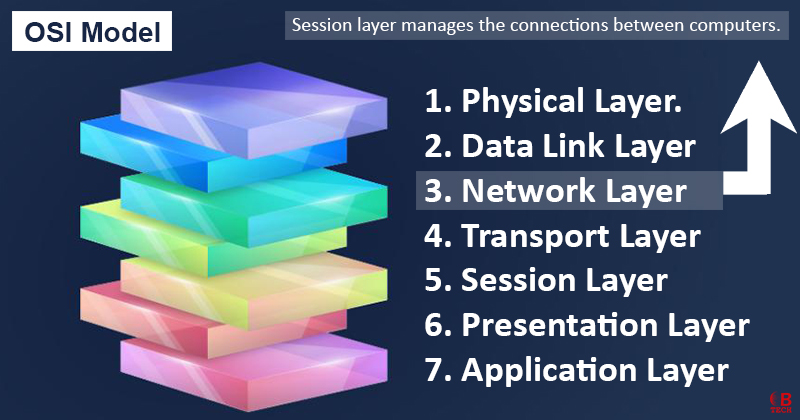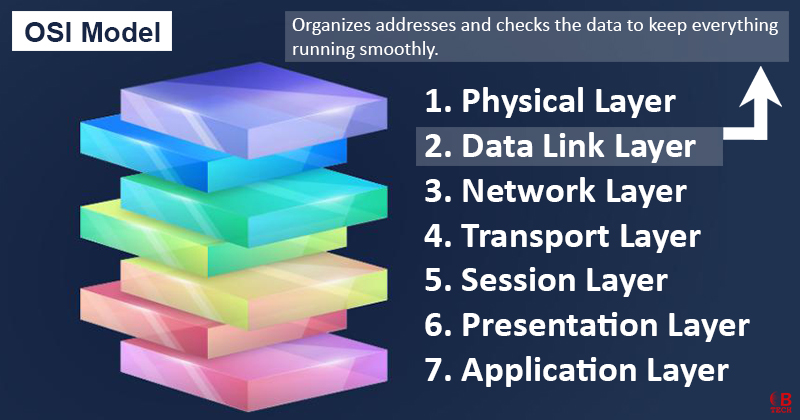What Does Network Layer Mean?
The network layer is a crucial part of how computers send data over the internet. It’s the third layer in the OSI Model, which is a framework used to understand how networks operate.
Think of the network layer as a system that manages how data is sent from one device to another across different networks. It breaks down data into small pieces, known as packets and sends these packets on the best route to reach their destination.
The main jobs of the network layer include setting up logical connections, sending data packets, finding the best paths for data to travel (routing) and handling any errors that might occur during data delivery. This layer can work with both types of network communications: those that require a constant connection and those that don’t.
Simplified Explanation of the Network Layer
The network layer is a key component of the OSI Model which is a framework used to understand network interactions. It plays a crucial role in managing how data is sent between computers on different networks.
At this layer data is broken down into segments and each one is given specific source and destination IP addresses. This helps in guiding the data to the right places over the internet.
Here’s how it works:
- The network layer gets instructions from the transport layer (the layer above it) and controls the data link layer (the layer below it).
- It connects various networks, ensuring that data can travel from one to another smoothly. It also decides the best route for data to take to reach its destination efficiently.
- The network layer uses Quality of Service (QoS) rules to prioritize different types of data traffic, which is important for making sure high-priority data gets where it needs to go quickly.
For checking if data reaches its destination without errors, protocols like the Internet Control Message Protocol (ICMP) are used. These protocols help confirm that everything sent by the network layer arrives correctly.
Devices like routers, bridges, firewalls and switches operate at the network layer. They create a virtual map of the best communication routes and implement these using physical network hardware.
Several protocols operate at this layer to manage connections, security, routing and data integrity. The most well-known protocols include IP and IPsec for general networking and others like IPX/SPX, ICMP, IGMP and GRE for specific functions.
Despite its critical role the network layer is vulnerable to attacks such as Distributed Denial-of-Service (DDoS) which aim to overload the network and disrupt data transmission.
While similar to the Internet layer in the TCP/IP model the network layer in the OSI Model has broader functions and plays a more complex role in managing network communications.



